John Lewis-Stempel: The Broads, a relic wetland resurrected
A strange, amphibious land floating somewhere between earth and sky, East Anglia’s majestic wetlands remind us that our ancestors made arcadias in these isles.
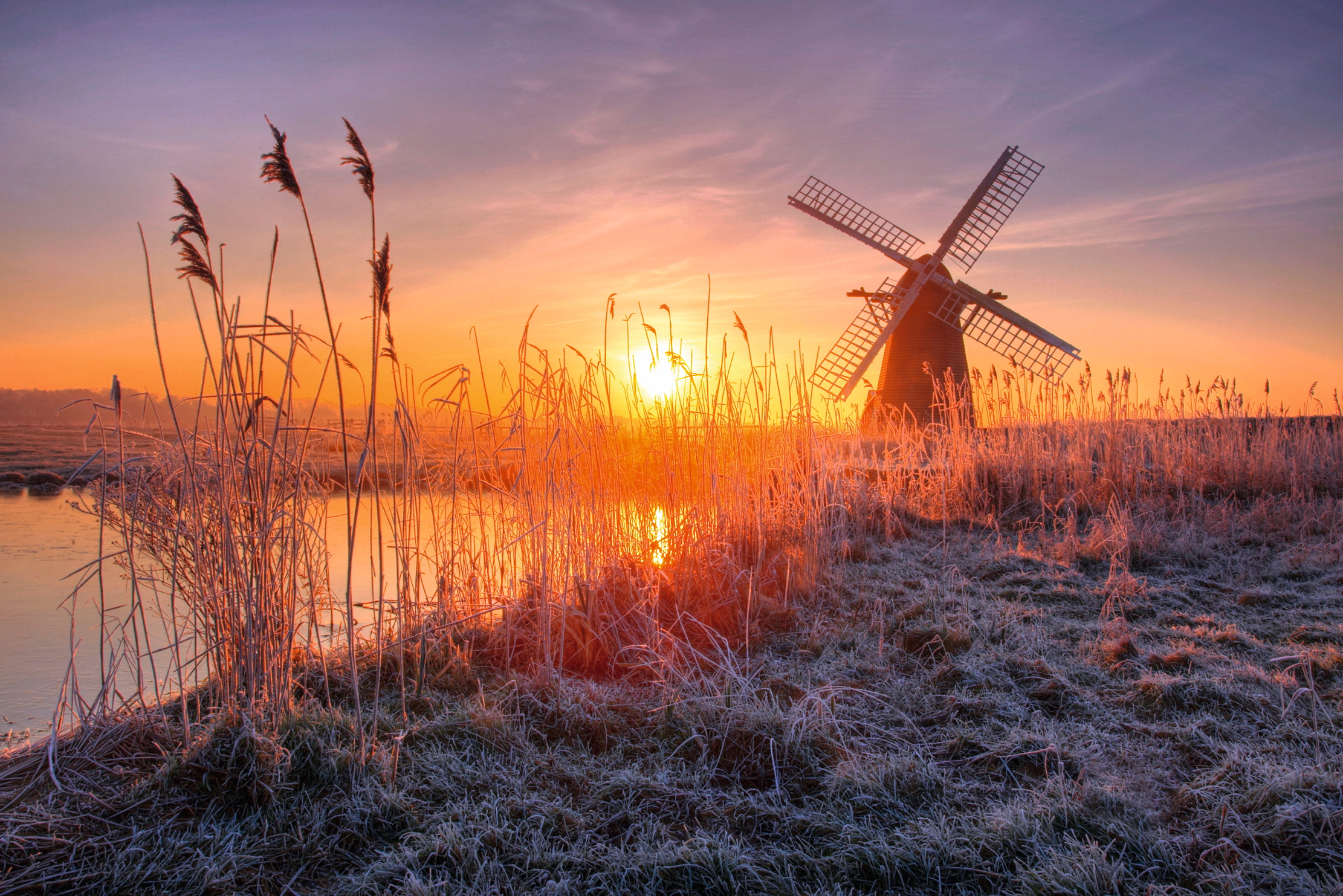

Broad — as in a large sheet of water. Open, expansive. The Norfolk Broads were discovered in 1952 — or, rather, in that year they were shown to be medieval peat diggings that had flooded and were not, as assumed, a natural phenomenon. It was in this year — the same one in which George VI died and Elizabeth II became Queen — that archaeologists Dr Joyce Lambert and J. N. Jennings took 2,000 core samples across various broads. Each and every site proved to be vast pits 10ft or 15ft deep.
Even by 21st-century standards, when mechanical excavators can dig 50 tons of earth per scoop, the Broads are big holes. Something in the region of 900 million cubic feet of peat — partially decayed vegetable matter — were removed to (inadvertently) form the Broads; the labour required was pyramid prodigious, but East Anglia was medieval England’s most populous region and the trees, which would have otherwise provided fuel, were conspicuous by their absence.
Accordingly, peat, back-breakingly dug from the ground, was the area’s fuel for kitchen, hearth and industry. There was peat aplenty, which begs the question: ‘What brought peat-digging to such an abrupt end that it was lost in folk memory?’ The answer? Rising sea levels, but particularly the cataclysmic storm surge in the North Sea on December 14, 1287. Like Atlantis, the peat pits of East Anglia drowned. Disappeared.
Although manmade, the 63 Norfolk Broads are restoration and recompense and a reminder that before the agricultural mania for drainage between the 17th and 19th centuries, lowland England had many such watery places. The Broads. Relic wetland resurrected. Precariously.
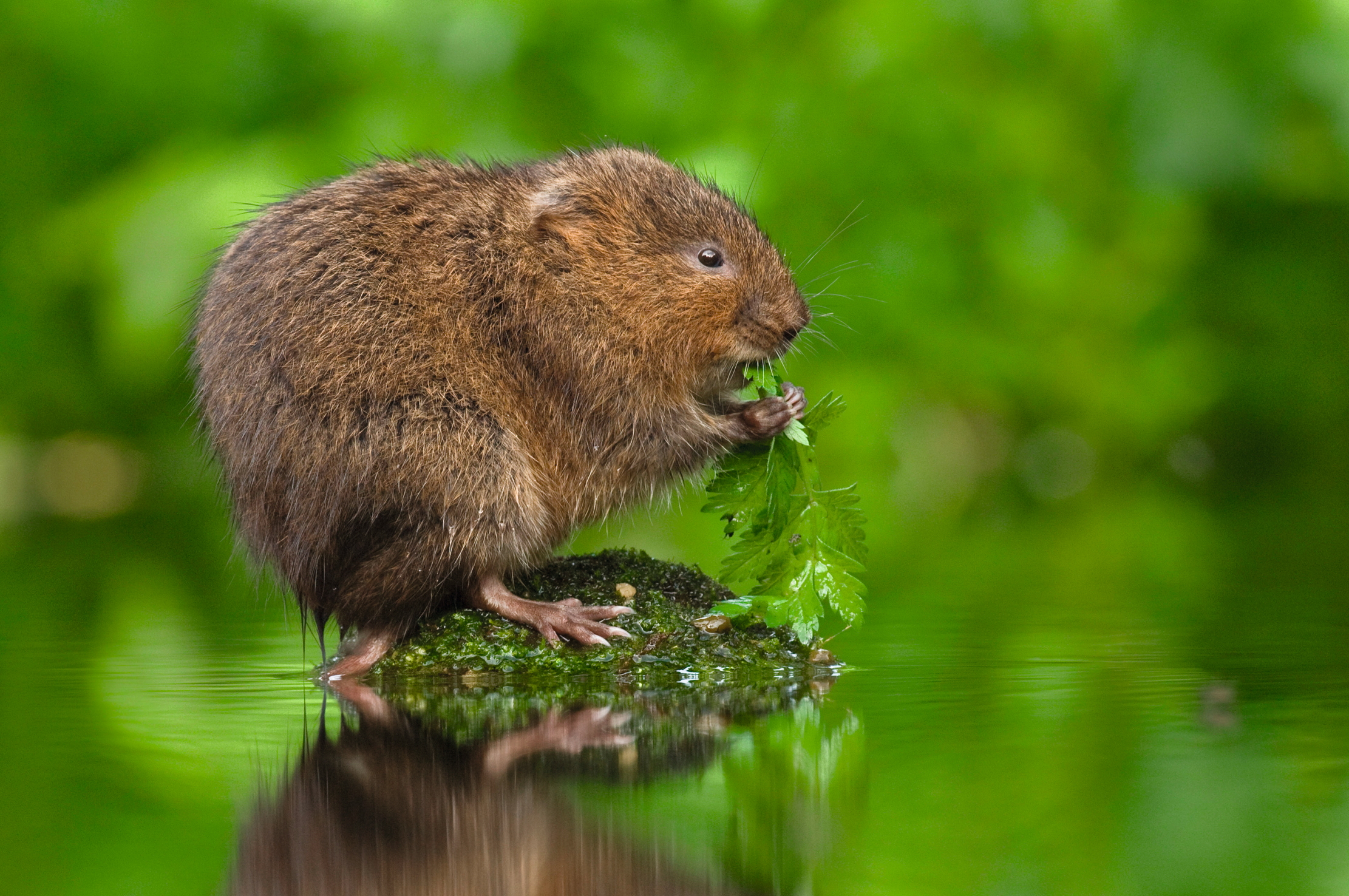
I first visited them as a child in the 1970s and I went freighted with fantasy: I’d just read Arthur Ransome’s Coot Club, in which a gang of local children came together to protect birds and their nests from egg collectors and other disturbances. Alas, I expected a wooden sailing yacht, a Ransomian red-sailed wherry, whereas we traversed the waters in a synthetic, motorised cabin cruiser. There was no liquid tranquillity on the Broads, only diesel-iridescence, the relentless mud-churning traffic of plastic boats up and down marked waterways. At night in my ‘bunk’, our small cruiser rocked and yawed in the wash of larger cruisers, which I learnt to dismissively call ‘gin palaces’.
I had been forewarned. In Coot Club, the enemy is the rowdy, rude, city-dwelling ‘hullabaloos’ who hire the motor cruiser Margoletta, mooring it in such a way as to endanger a coot nesting site. That was 1934 and, for years already, the Broads had been a popular destination for holidaymakers clutching G. Christopher Davies’s The Handbook to the Rivers and Broads of Norfolk and Suffolk, first published in 1882 and running to 50 editions.
I closed my mind to the Broads, until five years ago, when a friend urged me to be more ‘Broad-minded’, detailing a place that was vastly environmentally improved and spieling me colourful tales with kingfishers, crystal waters, dragonflies, basking pike and rare plants, such as holly-leaved naiad.
Exquisite houses, the beauty of Nature, and how to get the most from your life, straight to your inbox.
'In the Broads, you can still encounter mystery'
I ended up one early summer’s morning at Hickling Broad, which has a surface area of 350 acres and a mean depth of about 5ft — numerals and measurements that hardly broach the Broad’s beauty and bounty. Within five minutes, I had heard a bittern — one of our rarest birds — ‘boom’ in the dense reeds fringing the lagoon and was happily deafened by the machine-gun staccato of a Cetti’s warbler. (Neither avian did I actually see; reed beds are mirey, swampy sanctuaries, where humans tread warily and wetly.) Pick the right tourist-free moment and the right Broad and one is in a literal backwater, a glimpse of watery ages gone by.
The Broads are a strange, amphibious land. In summer, they shimmer verdantly and paradisaically, floating somewhere between earth and sky. Moorhens tread daintily on the leaves of water lilies, cranes in full exotic fig, with fish alongside them, the air hithering and thithering with darting dragonflies, including the rare Norfolk hawker. Off the bank, a water vole, Ratty from The Wind in the Willows, plops into the water to join the teeming frogs. In winter, the bitter east wind turns the Broads into a primitive frosted monochrome that plays havoc with the head; the ceaseless hiss of the dead reeds and the low endless patrolling of the fierce-eyed marsh harrier, a raptor to make any bleak scene bleaker. Then, the delicacy of a frosted spider’s web strung between sedge and the joyful trumpeting of visiting whooper swans.
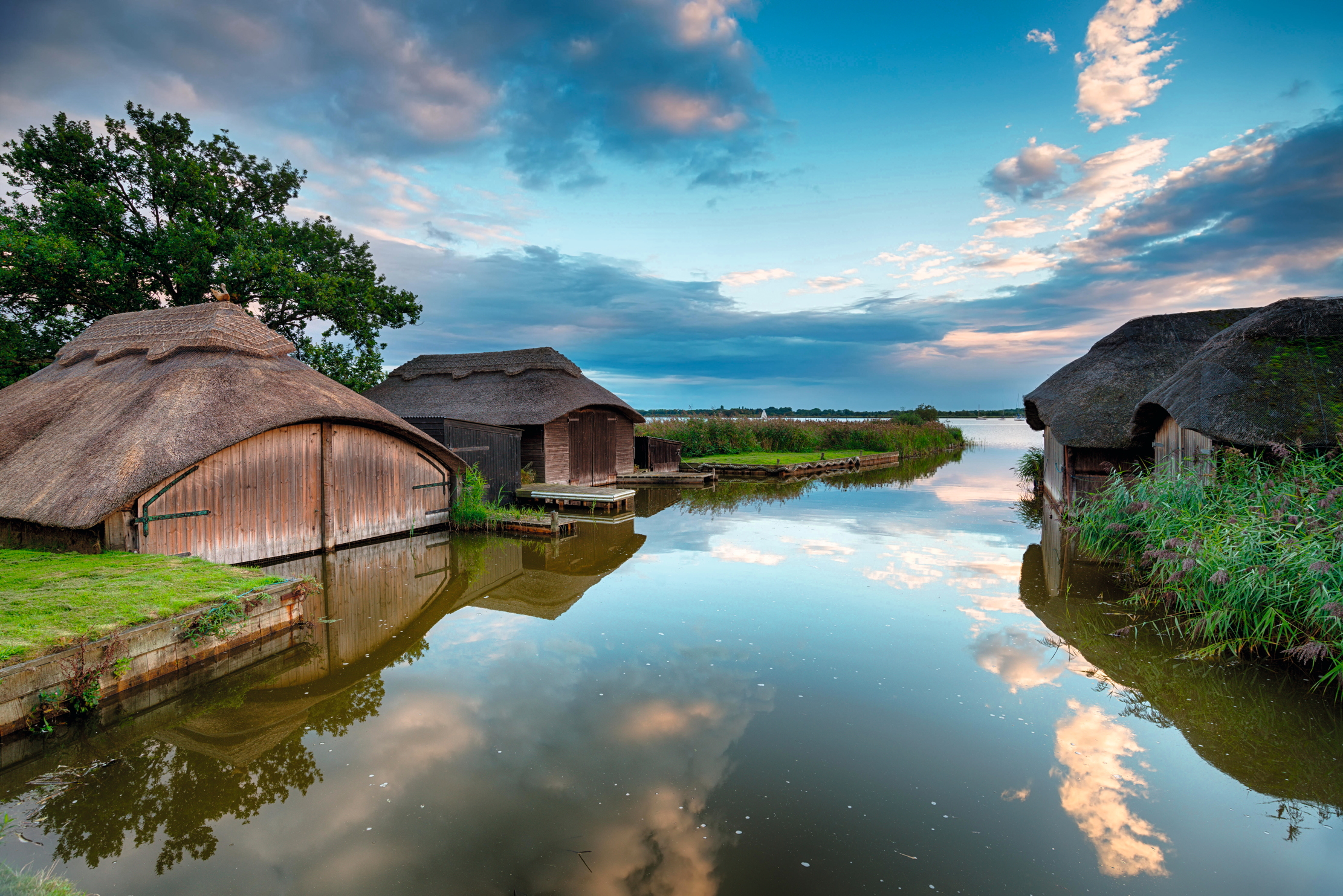
Fen surrounds the open water and reed beds. The difference between reed bed and fen? A reed bed is structurally simple, essentially the reeds and the water, although of critical importance as nesting habitat for bitterns, marsh harriers, bearded tits and migrant passerines such as reed and sedge warblers. Fen is a reedy, sedgy marsh, occurring as a result of both natural conditions and human management, which passes to wet woodland known as carr. It is ‘richer’, more diverse. Typical plants of the fen at Hickling Broad include hemp agrimony, purple loosestrife, greater bird’s-foot trefoil, southern marsh orchid, fen bedstraw, meadowsweet, yellow wild iris, pink agrimony and great water dock.
Things emerge out of the vast watery fen, with its 6ft-high reeds and sedge. Once on a moonlit night at Hickling, the reeds spirit-white and restless, the centre of the reed bed parted like a hair fringe and an unseen presence ran through the reeds to escape into the water. It was, of course, a trick of the wind, yet quite a trick. In the Broads, you can still encounter mystery.
Even the fen is not entirely inhuman. The whole of the Broads, their making and their maintenance, are Man’s endeavour. The Broads are open water partly because the russet reeds have for centuries been cut for thatching and the saw sedge was used for ridging the thatched roofs. Domestic cattle have mooched and foraged the marsh and fen, creating grassy areas for lapwings, among others, to breed.
We live in an era of pessimism about the human relationship to the environment, where Nature’s own ‘wild’ is the only good, but the Broads remind us that our ancestors made arcadias in these isles. We are only required to conserve them.
John Lewis-Stempel has twice been crowed winner of the Wainwright prize for nature writing, and was the 2016 BSME Columnist of the Year. His new book, ‘England: A Natural History’, explores 12 distinctive habitats of England
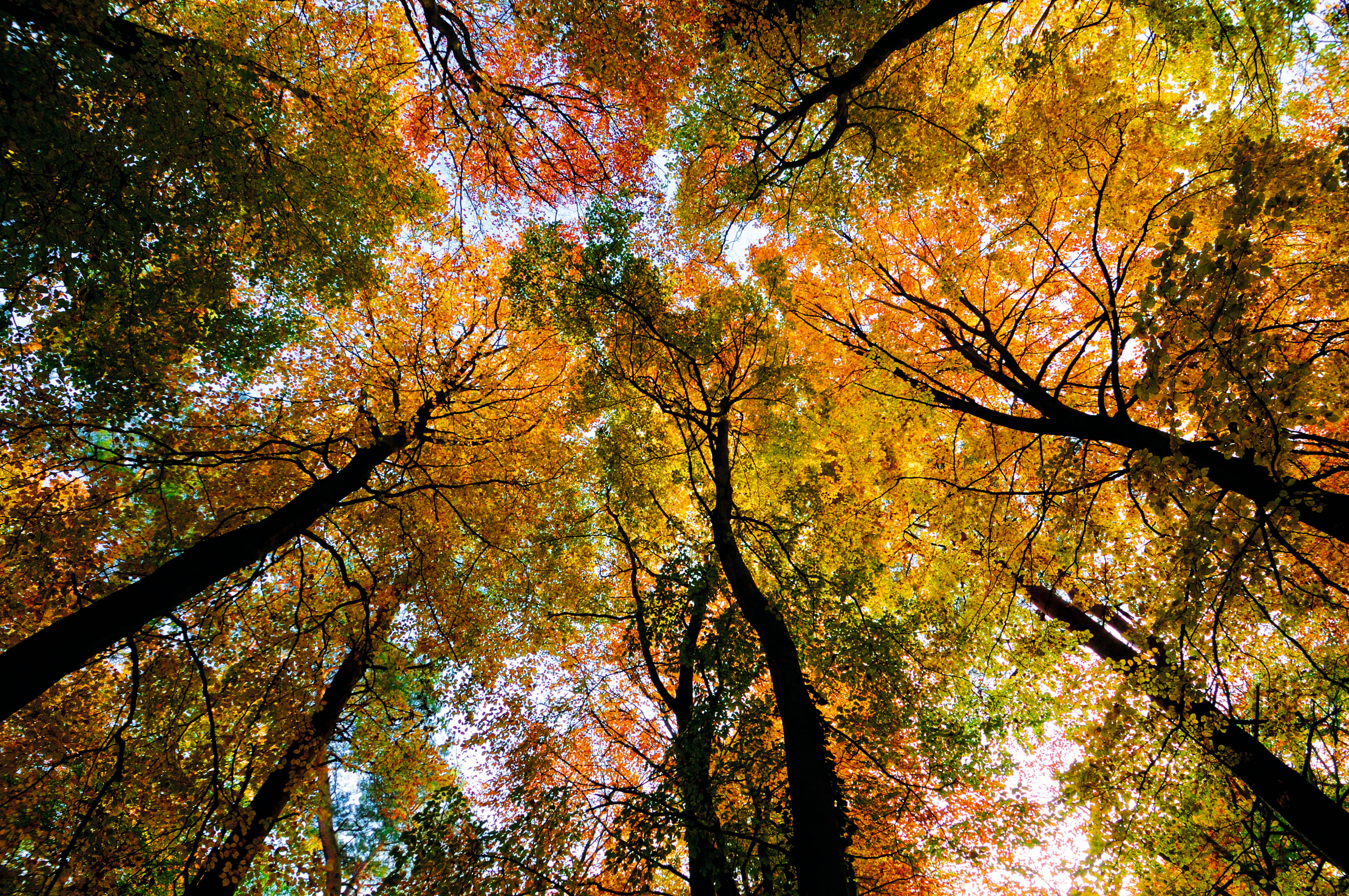
John Lewis-Stempel: Beechwood, nature's own cathedral
‘Most lovely of all’, the stately beech is our tallest native tree and creates a shaded environment that few plants
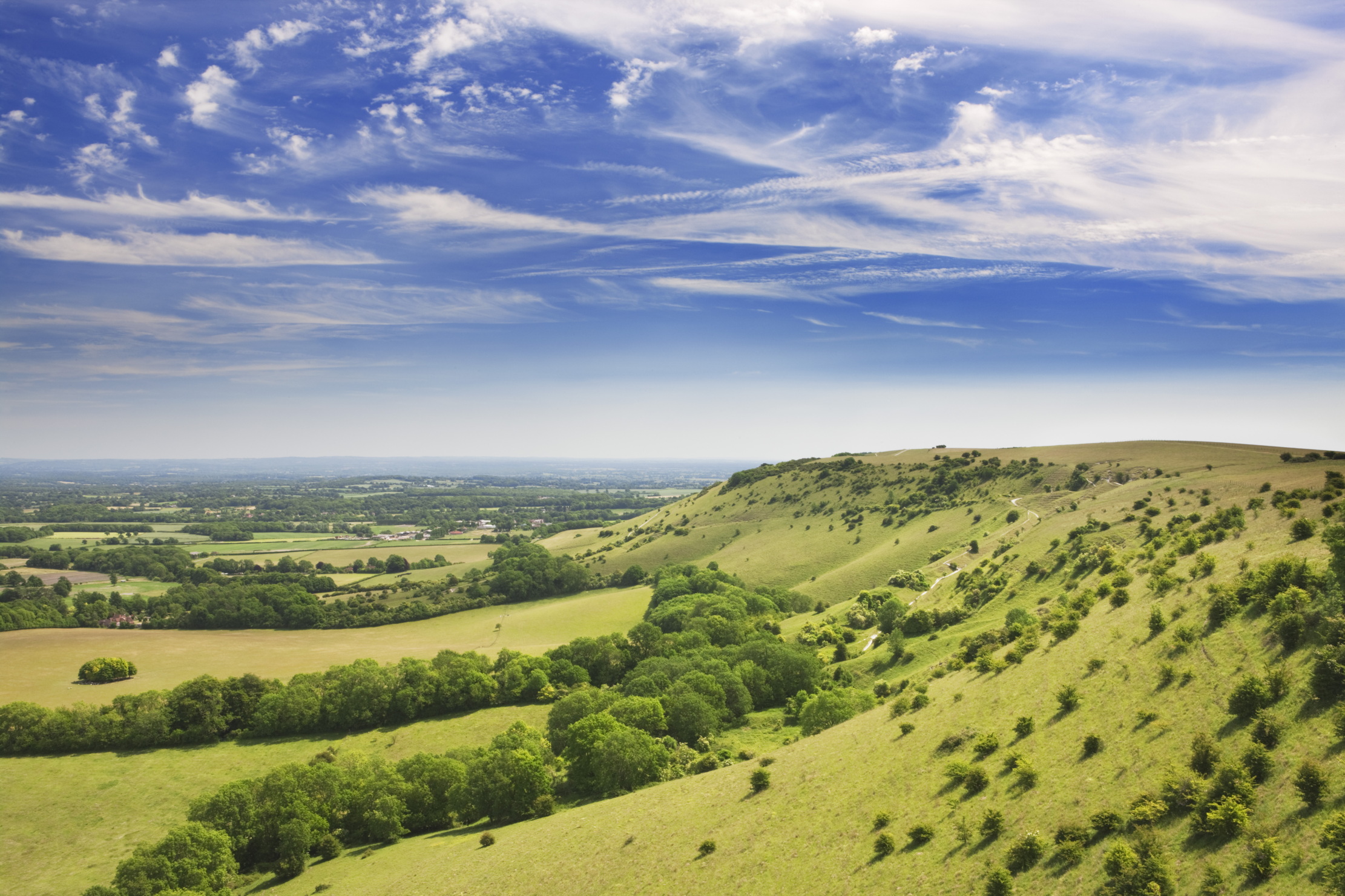
Credit: Getty Images
John Lewis-Stempel: The perfumed arcadia of the Downs, England's oldest manmade habitat
Home to the iconic skylark, the chalk downlands are as colourful and botanically diverse as rainforest.
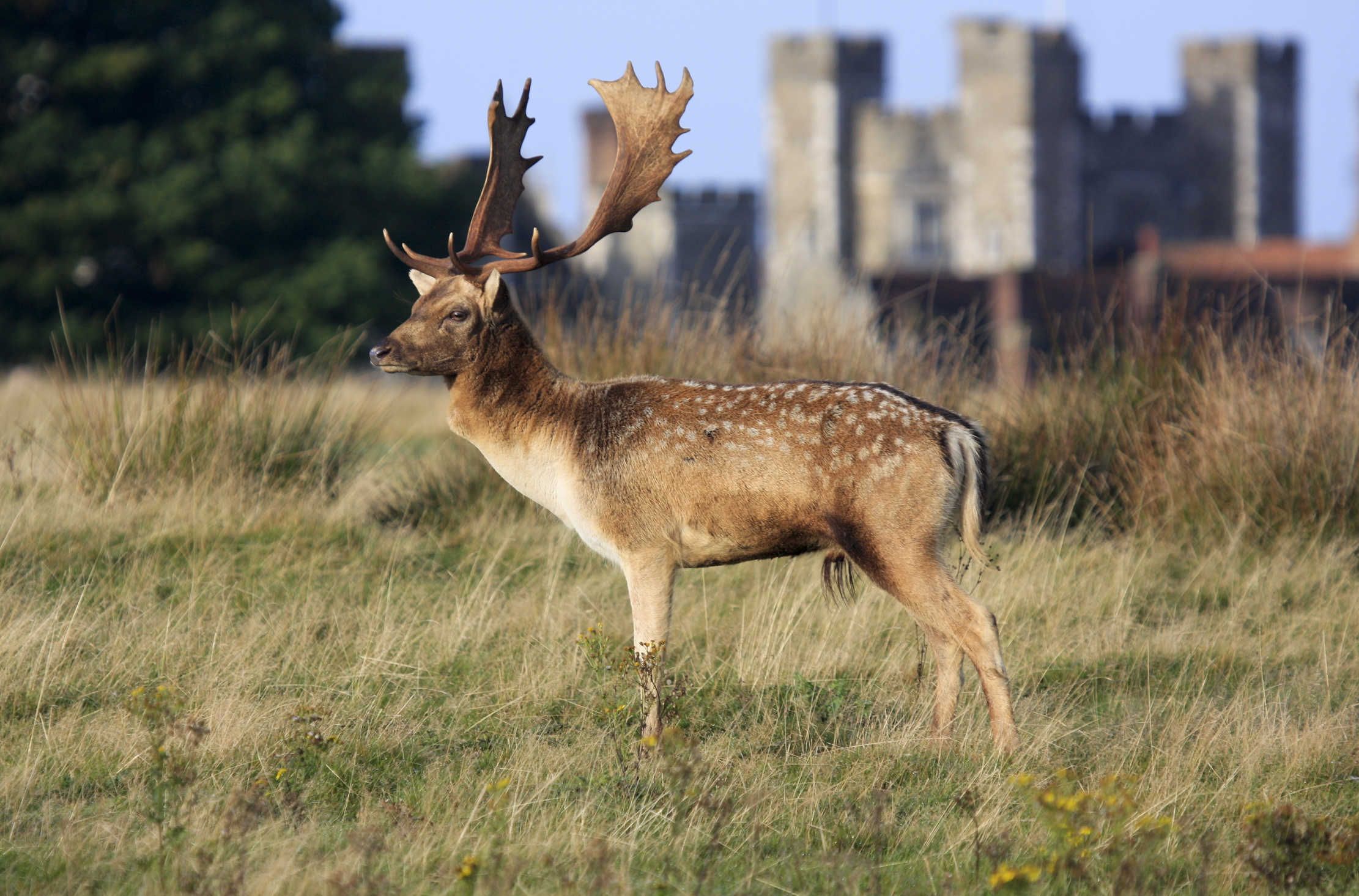
John Lewis-Stempel: The deer parks that came to define us
A Roman conception that came to define the topography of England, the deer park was both a status symbol for
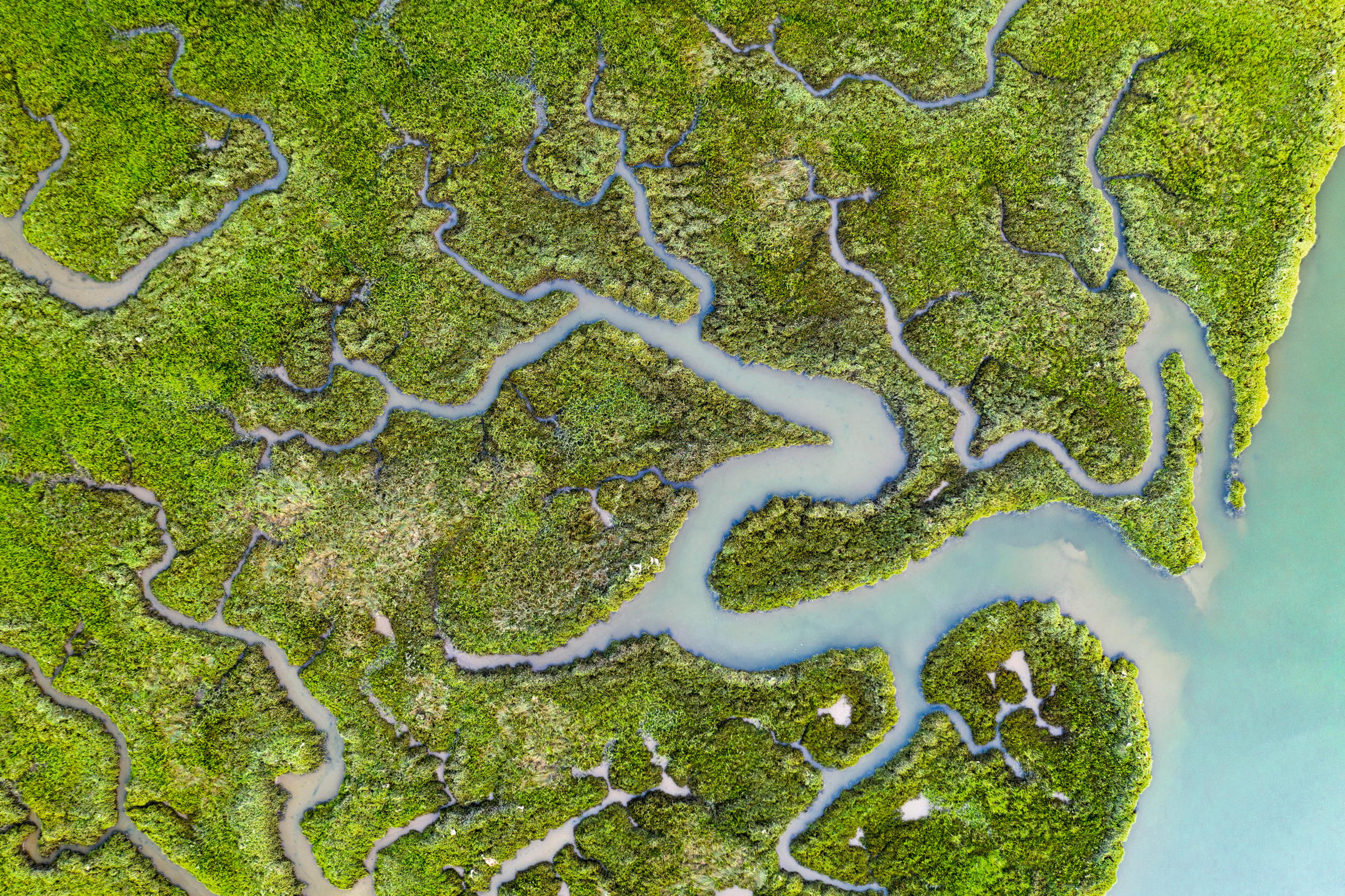
'A square yard of estuary mud contains the energy equivalent of 16 chocolate bars': John Lewis-Stempel on the life of the English Estuary
Part water, part earth and a habitat of constant movement, the bleak and desolate estuary environment is an acquired taste.
-
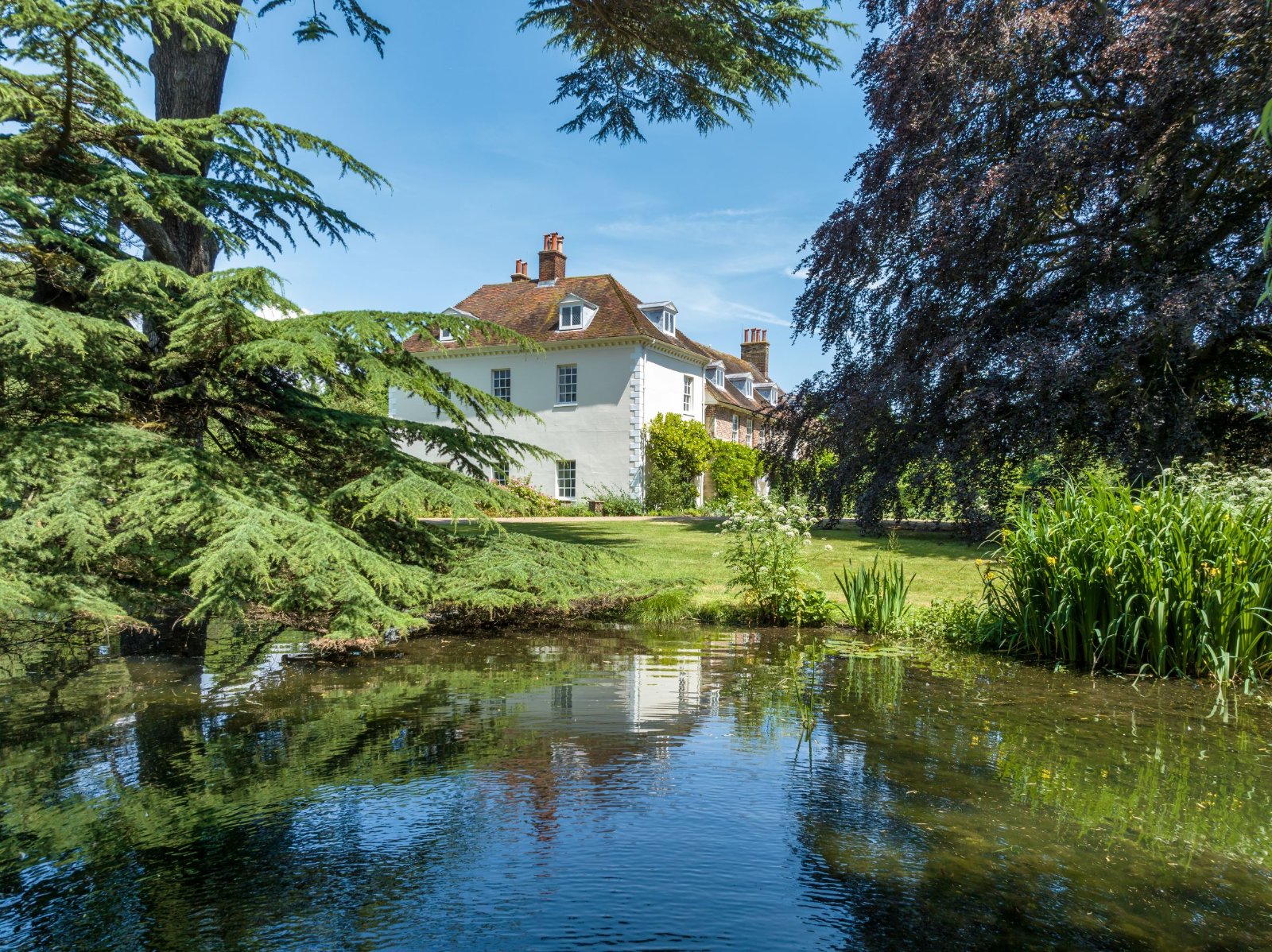 826 years of history, painstaking restoration and 'a garden like no other' at this former National Trust house which has come to the market in Kent
826 years of history, painstaking restoration and 'a garden like no other' at this former National Trust house which has come to the market in KentA blooming property in Kent showcases the original garden of England. Penny Churchill takes a look.
-
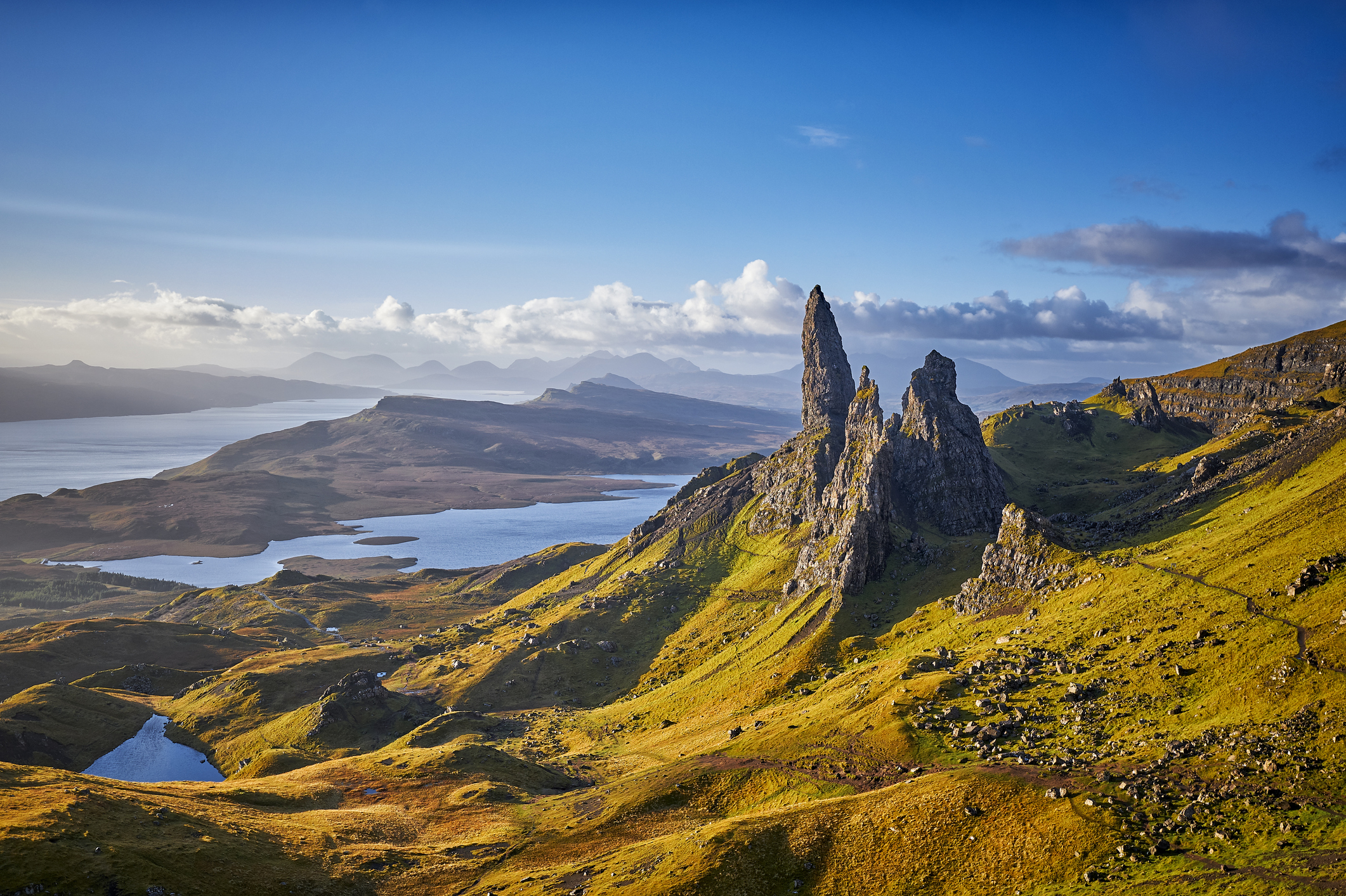 From Summertime to sphagnum: Country Life Quiz of the Day, June 25, 2025
From Summertime to sphagnum: Country Life Quiz of the Day, June 25, 2025Wednesday's quiz ponders the last British woman to lift a trophy at Wimbledon.
